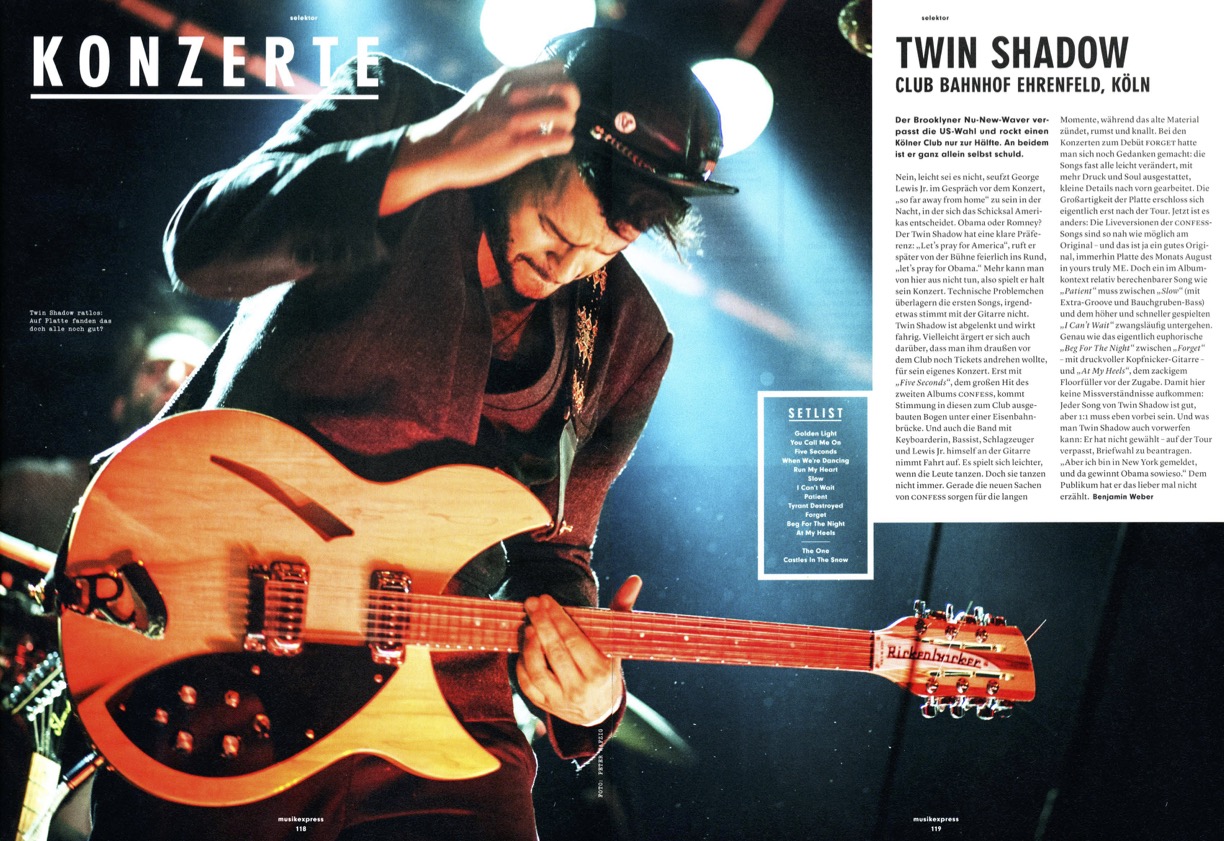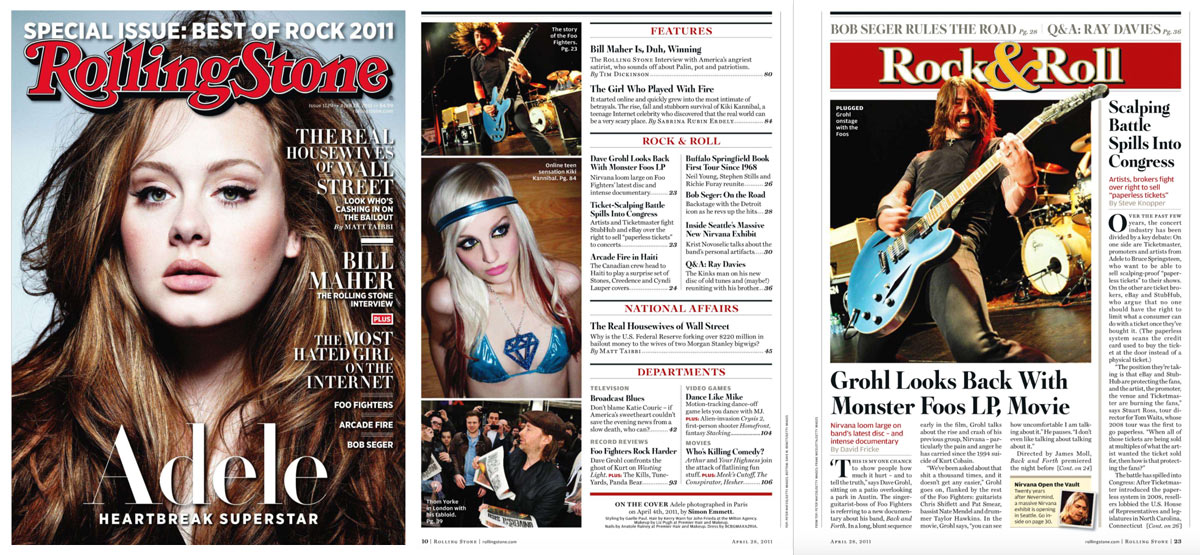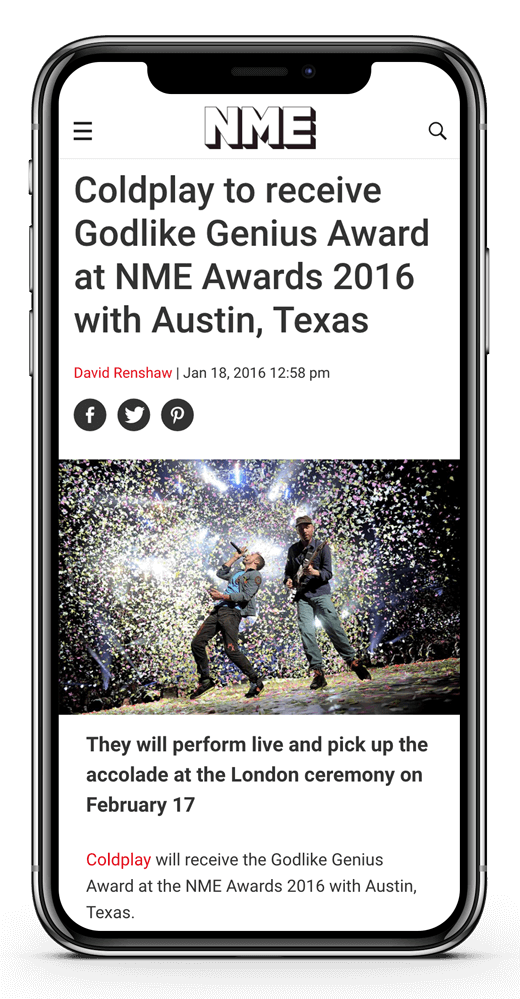Starting a career in photography has become quite the challenge. I was fortunate to have some strong supporters, but eventually, I decided to call it quits as things just kept getting worse.
But how did it all kick off? I was still in school when the editors of our local newspaper came up with this idea of having a page created by students. They approached me and asked if I'd be interested in covering a concert – and guess who it was? Ray Charles, the soul legend himself, right in our small town. I got to stand next to the stage and snap photos. Looking back, I don't think I fully grasped what a huge opportunity was unfolding.
So, I headed there without any grand expectations, armed with my trusty Minolta 300 and a few rolls of black and white film. I didn't have a backup camera or even an extra lens – just the standard 50mm and nothing more. Before long, I found myself swept up in the atmosphere. Being right next to such a superstar, navigating the challenging lighting conditions – what an adventure! I captured my shots and hoped that they'd turn out well enough to impress the editors and get one of my pictures published. They did, and that's when my addiction to concert photography kicked in. The editors started sending me to more concerts, giving me more chances to learn and hone my skills. It was a fantastic opportunity for a student.

Twin Shadow published in Musikexpress 2012.
Some years later, i moved to the south of germany and connected with the nice folks over at laut.de, who once again offered me the chance to snap photos for their magazine. Securing permits wasn't a walk in the park since online magazines weren't held in the same regard as the well-established print newspapers and magazines. The music industry seemed to have overlooked the web, and an online magazine was seen as a bit of a thorn in their side. So, we sent numerous emails and managed to snag permits for smaller acts. Meanwhile, I had relocated to Cologne and started mingling with other photographers. They'd toss gigs my way when their schedules got too tight to handle. Gradually, my reputation grew, and over time, we managed to secure nearly all the permits we aimed for. But as you've probably noticed, it took years to get my lens in front of the big names and dazzling shows.
With a beefier portfolio, it became somewhat easier to connect with bigger newspapers and magazines. The "Rheinische Post" roped me in for big-league gigs like Madonna or The Rolling Stones. The business expanded, and at some point, I got the idea to tap into photo agencies to broaden the reach of my images. Yet again, patience was the name of the game as I waited months until Getty Images finally took an interest and handed me a contract. Luck was on my side, as I snagged one of those older contracts with better payouts than what you'd get these days. Working for an agency had its perks: first off, they published my pictures all over the globe. Literally. Flipping through those monthly reports detailing where my photos had popped up in magazines and websites worldwide was a thrill.

The Foo Fighters pictures published in Rolling Stone 03/2011.
However, the second benefit was even more crucial – photo agencies demanded top-tier quality and rejected anything that wasn't marketable. They wanted raw shots, with only minor tweaks to framing and levels. This is where I learned to produce images that were ready for market right out of the camera – a tough lesson, I must admit. Many a time, I'd be over the moon about my shots, only for the Getty editors to reject most of them. By learning from bworsing through their existing archive and comparing my work to other photographers' results, I got better at gauging what would be a "winning shot" for them, rather than simply one I liked. And it paid off; soon enough, my pictures graced the pages of the Rock 'n' Roll bible itself, the famous international edition of the "Rolling Stone" magazine.

Coldplay published in "Der Spiegel" 16/2013.
Getty Images also hooked me up with gigs covering other entertainment events like TV shows and star-studded red carpets. It was a sweet deal, as it helped foot the bills and enabled me to invest in gear. On the flip side, it often meant missing out on concerts. I'd have to pass up a killer show in favor of a TV gig that promised more sales. Additionally, around the same time, photo prices started dwindling and newspapers began tightening their belts. As an example, in 2012, you'd pocket roughly 400€ for half a newspaper page; two years later, we were thrilled with around 80€ for the same picture. Meanwhile, gear wasn't getting any cheaper – nor were insurance, taxes, and accounting expenses.
By 2015, I had nearly twenty years of photography under my belt, spanning from 1993 to 2015 with a few breaks in between. I'd crossed off nearly everyone (at least those who were still around at the time) on my concert photography bucket list. So, I made the call to bow out while the fun was still there, instead of waiting for frustration to take over. I wrapped up my journey with a U2 concert in Cologne, had an amazing night, and called it quits.
I count myself lucky to have relished a wonderful time in concert photography, meeting countless people, collaborating with talented and supportive colleagues. I received plenty of inquiries from folks asking how to break into concert photography, penned articles, and even gave talks and classes on the subject. Thus, I don't look back in anger, and that's crucial to me. Every time I reminisce or skim through my photographs, I'm filled with gratitude for the fantastic experience.

Coldplay published in NME 01/2016.
Do I miss it? As of today – yes, I do. Being in the pit is an unparalleled experience – the noise, the crowd, the pressure to walk away with at least a couple of usable shots... it's intense and exhilarating. It can be vexing at times, even frustrating (shoutout to Lady Gaga, who insisted on a 7 p.m. call time but hit the stage around 11 p.m.) – but with some distance, I've let go of the industry's rough patches and mainly hold onto memories of incredible shows and the positive thrill.
And – who knows – there might still be some gear on my shelf that'll find its way back into the pit one day.
What's my advice for folks who adore music and photography? Honestly, steer clear of concert photography if you cherish music. Go buy tickets to see your favorite bands and savor their tunes. Snap a few shots with your smartphone. Don't attempt to turn it into a livelihood, as today's landscape won't allow for it. Many bloggers share their shots for free, and the market isn't what it was two decades ago. So, if your passion lies in both music and photography – don't bother. It won't bring you happiness. Yes, there might be a handful of incredibly talented and successful concert or music photographers – but they do much more than that, and they've been at it for decades. Starting from scratch today could be a tough journey and likely won't yield success. That's my two cents – take it or leave it, but consider yourself warned!
Have questions? Send me an email. Keep in mind: I'm not here for answering questions, so please be patient and give me some days for your answer. Thanks.